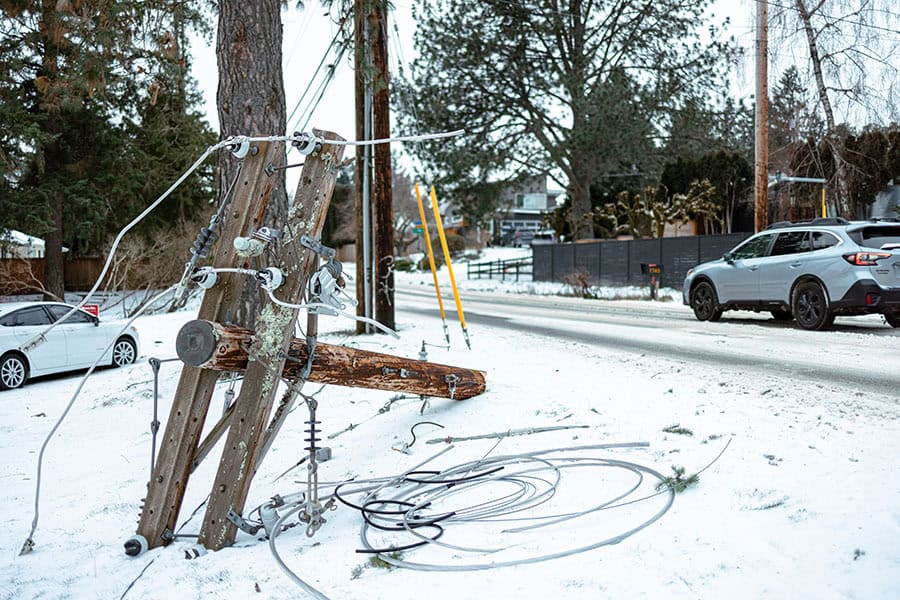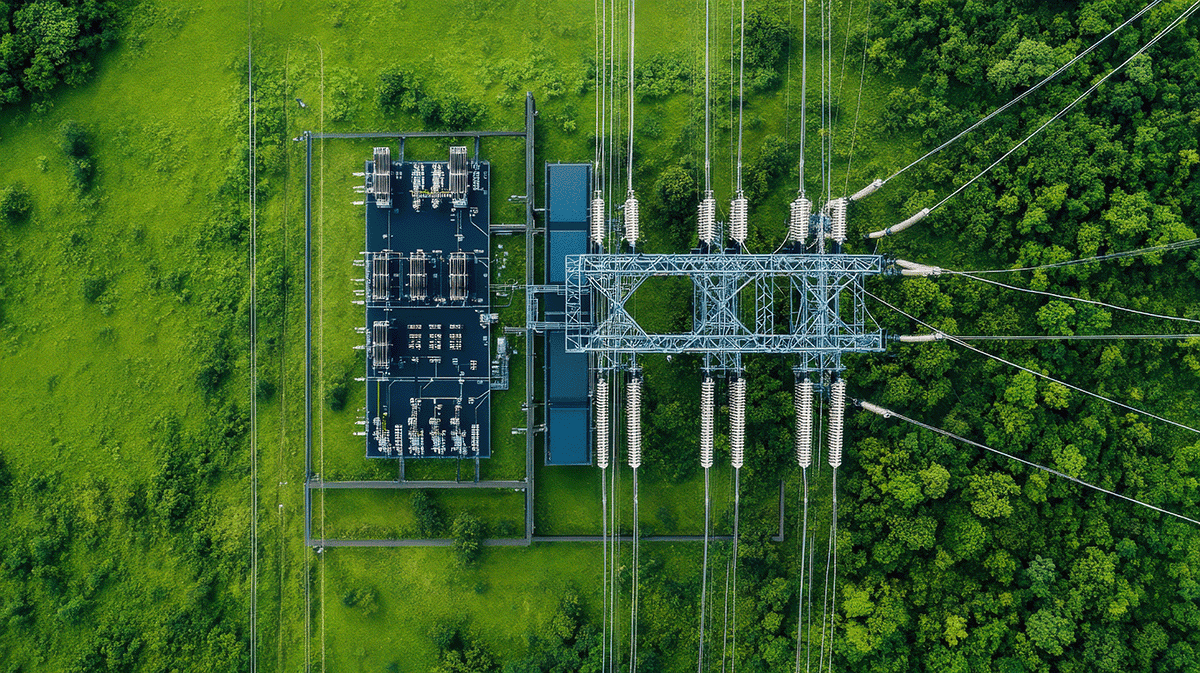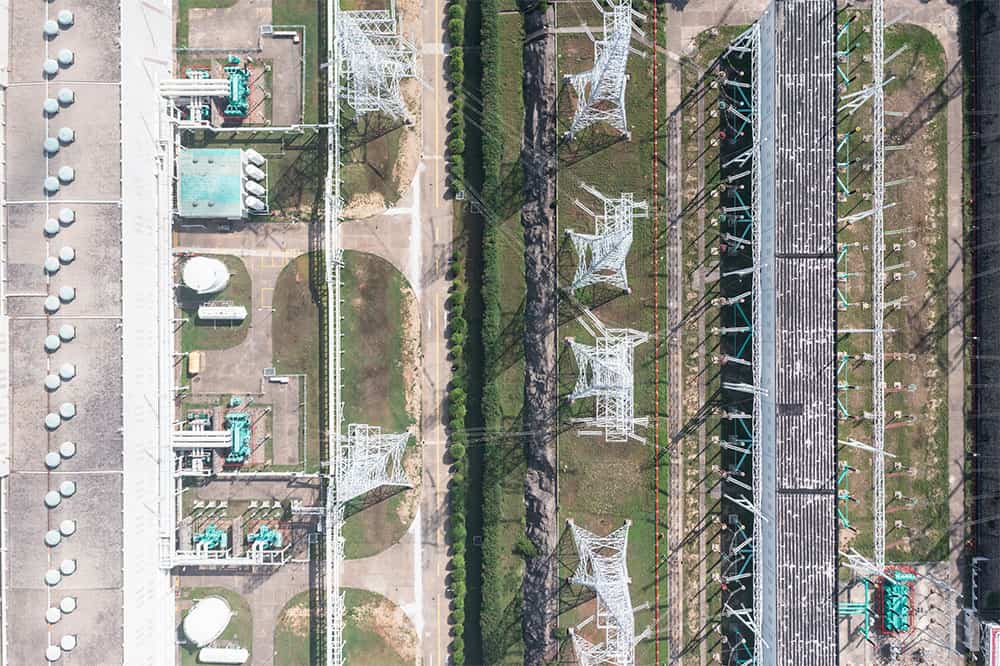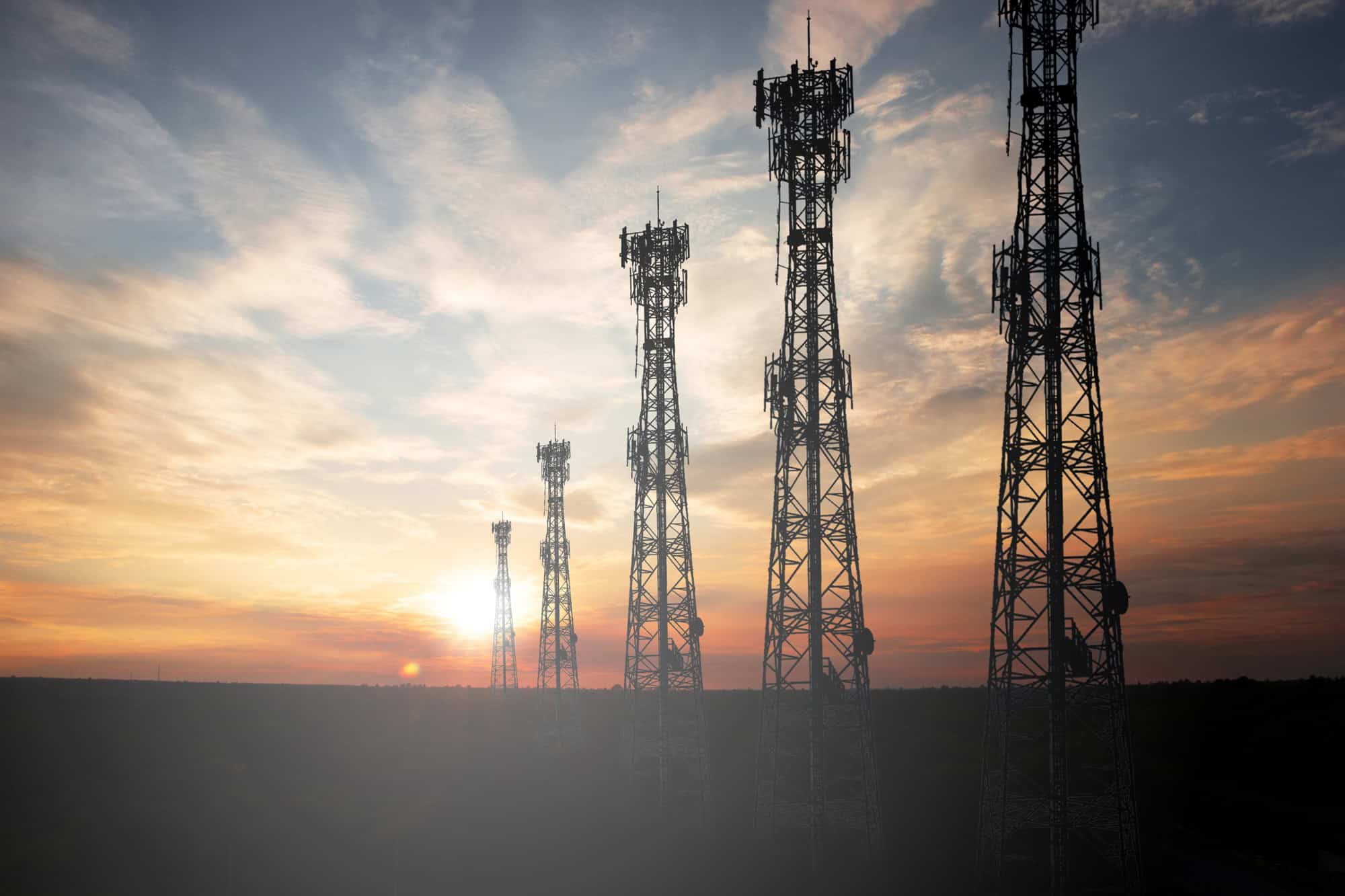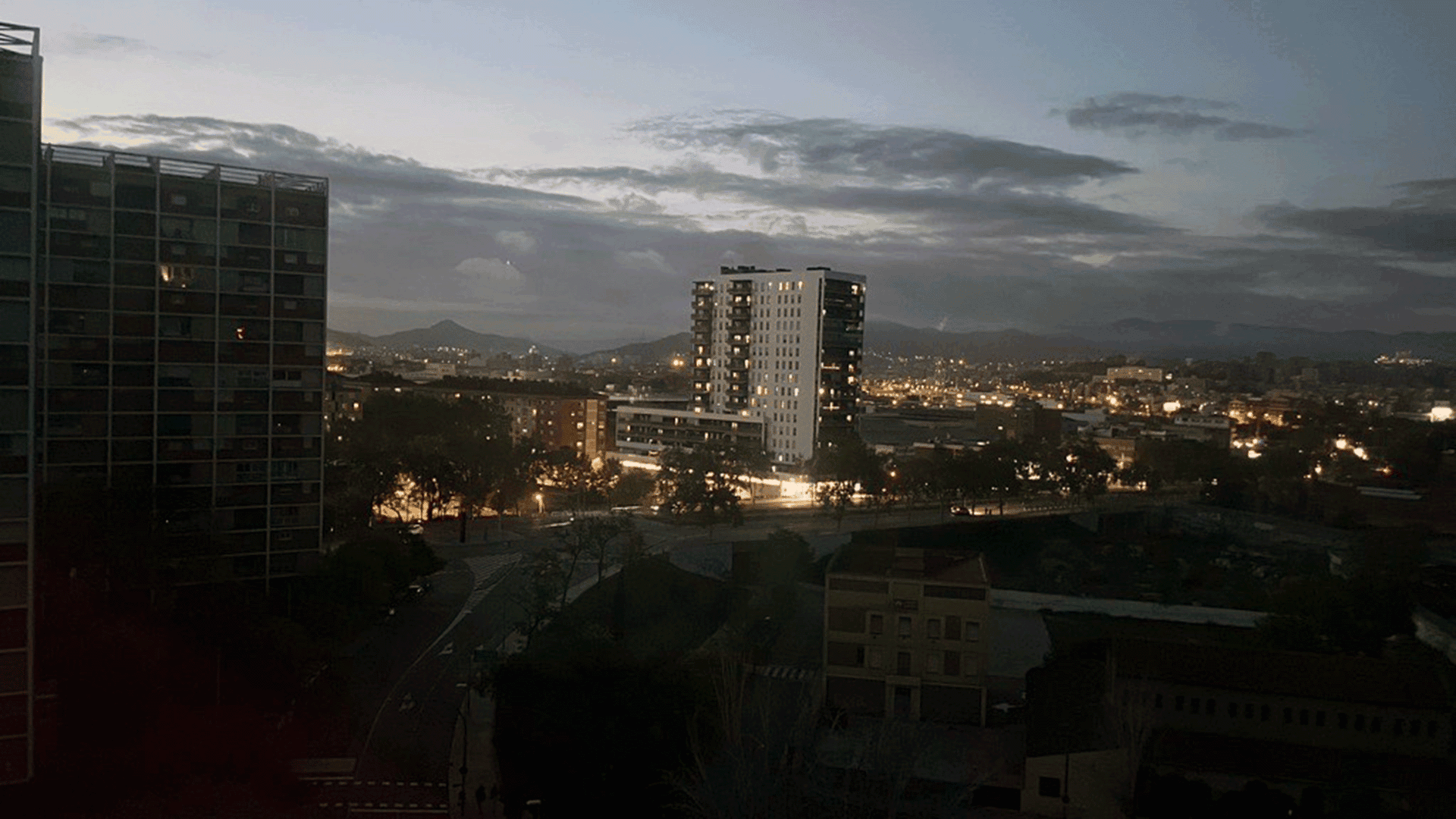Having recently joined the Bentley team, I’ve been exploring the challenges and opportunities shaping grid reliability today. With a background in BIM, mechanical engineering, and telecom, I’ve seen how digital transformation can unlock performance and resilience in complex systems. Now, looking at the power industry through a technology-first lens, the 2025 North American Electric Reliability Corporation (NERC) State of Reliability Report feels like both a wake-up call and a roadmap.
The report highlights how extreme weather, aging infrastructure, and human error continue to test the limits of North America’s Bulk Power System (BPS). Yet it also points to a clear path forward—smarter planning, better data, and more connected workflows. In this post, I’ll share key takeaways from the report and how Bentley’s Infrastructure Cloud can help utilities transform today’s risks into tomorrow’s resilience.
Key takeaways
- The NERC 2025 report identifies extreme weather as the leading threat to grid reliability.
- 55% of transformers are nearing the end of their operational life, exposing the grid to major reliability risks tied to aging infrastructure.
- Human error accounts for 43% of malfunctions, calling for improved training and adoption of digital utility workflows.
- The shift to renewables and distributed energy resources is challenging grid stability and requires new planning and operational tools.
- Electric utility software enables faster planning, fewer errors, and smarter infrastructure upgrades across the grid.
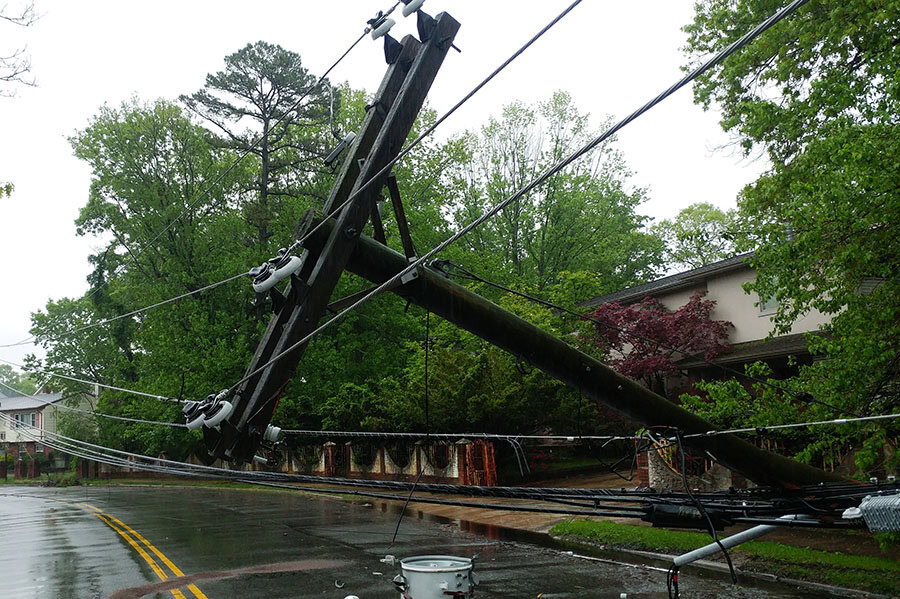
Learn from the past. Plan for the future.
From my experience, the biggest shifts happen not just with new technology, but with how people and teams work together. Some of the opportunities for electric utilities are:
More consistency, less errors: In buildings projects, unified digital processes and clear standards have minimized miscommunication and rework. The same can drive measurable improvement in utility protection, control, and restoration. For instance, to accelerate the rebuild of a storm-damaged transmission line, an engineering firm used a digitized, automated workflow that enabled seamless collaboration, restoring power almost three weeks ahead of schedule.
One truth: BIM and digital asset models break down silos, equipping teams with consistent, reliable data across design, construction, and operations. A digital single source of truth can dramatically reduce the potential for human error—especially in high-stress situations. For example, when flood damage threatened a critical transmission tower supporting hospitals in Missouri, engineers deployed a digital twin that saved six weeks of remediation time, allowing them to quickly stabilize the grid and prevent a disastrous regional outage.
Data for everyone: Giving field teams, operators, and engineers access to context-rich, real-time asset information means faster, more confident decisions, and less risk when the unexpected happens.
I joined the utilities sector to help provide new context around these proven strategies. The NERC report reinforces my belief that digital transformation is not just about technology—it’s about people. By focusing on what we can control, we can build a more resilient, reliable, and collaborative grid.
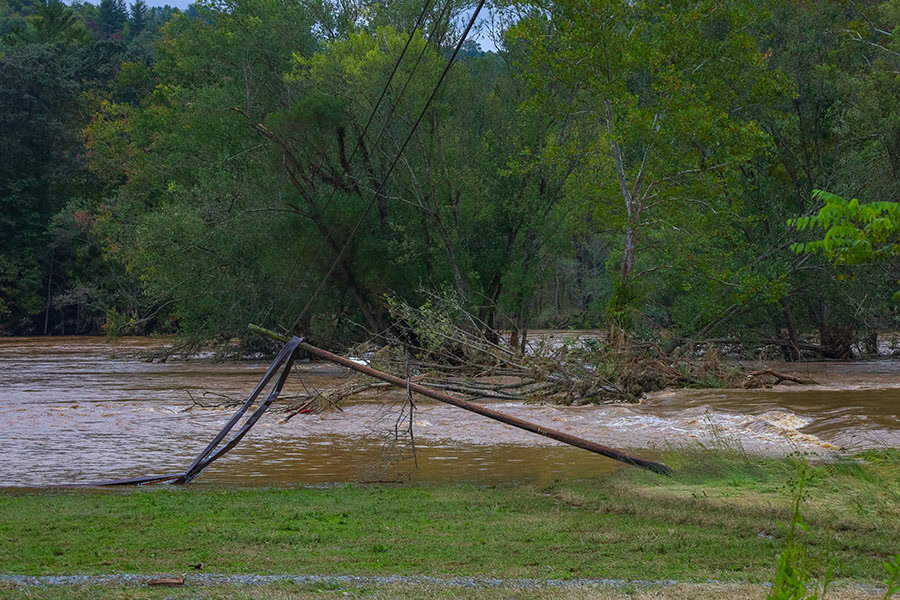
Let’s get to work—together
At Bentley, we provide software that empowers engineers to design resilient networks—long before the first pole is placed.
Bentley Power Line Systems (PLS) is one example of how technology can empower engineers to meet growing demand and design for reliability. PLS is the industry standard for overhead line design, trusted by electric utilities worldwide. It brings all aspects of line design into one streamlined platform. Using PLS, utilities not only can accelerate project delivery, but also improve the reliability and resiliency of their power grids, which is critical for long-term grid performance.
Let’s not wait for the next storm to show us what’s broken. Let’s build what’s resilient—together. Modernize aging infrastructure with Bentley’s Electric Utility Solutions.
